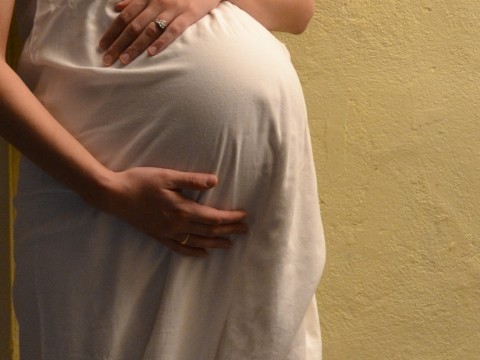Conceiving Later in Life
As a woman ages, it can not only become more difficult for her to conceive, but it can also prove to be more dangerous to her health and the health of her baby. Most data shows that statistics for risks at 40 years old, but for doctors, 35 years old seems to be the magic age. This is the age at which they begin to more closely monitor your pregnancy and might suggest additional tests or precautions based solely on your age. Here’s a look at what changes in a routine pregnancy if the woman conceives after she has turned 35 years old.

Miscarriage
Miscarriage is the name for the loss of the baby if it happens prior to 20 weeks gestation. Studies show that women in their 20s have a 12 to 15 percent chance of miscarriage. This percentage rises sharply to 25 percent at age 40. That’s one in four pregnancies that are likely to end early with a miscarriage.
Risk of Birth Defects
As a woman ages, the chances that the fertilized egg will divide abnormally increases. This can cause a variety of birth defects caused by chromosomal abnormalities. That being the case an older woman is considered more at risk for having a baby born with a birth defects. By the time a woman is 40, she has a 1 in 100 chance of her baby being born with Down syndrome; her chances of that while in her 20s is 1 in 4,000.
Additional Health Problems